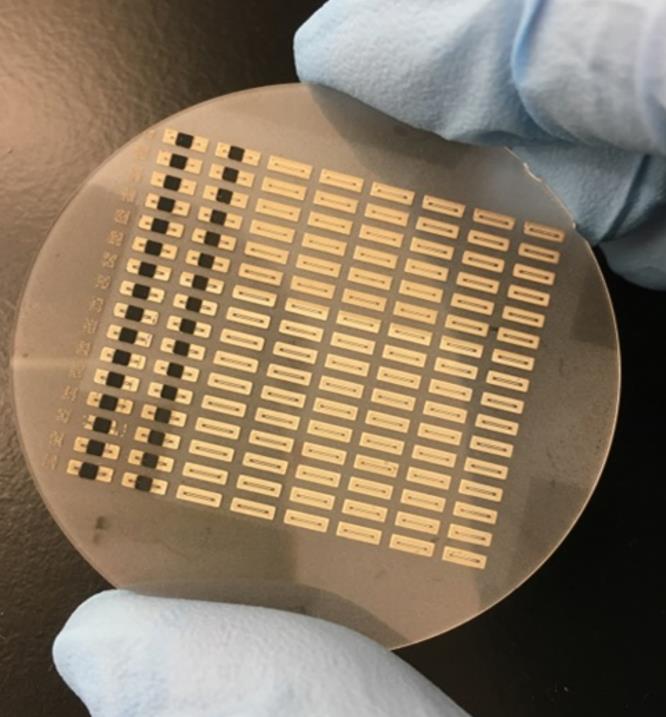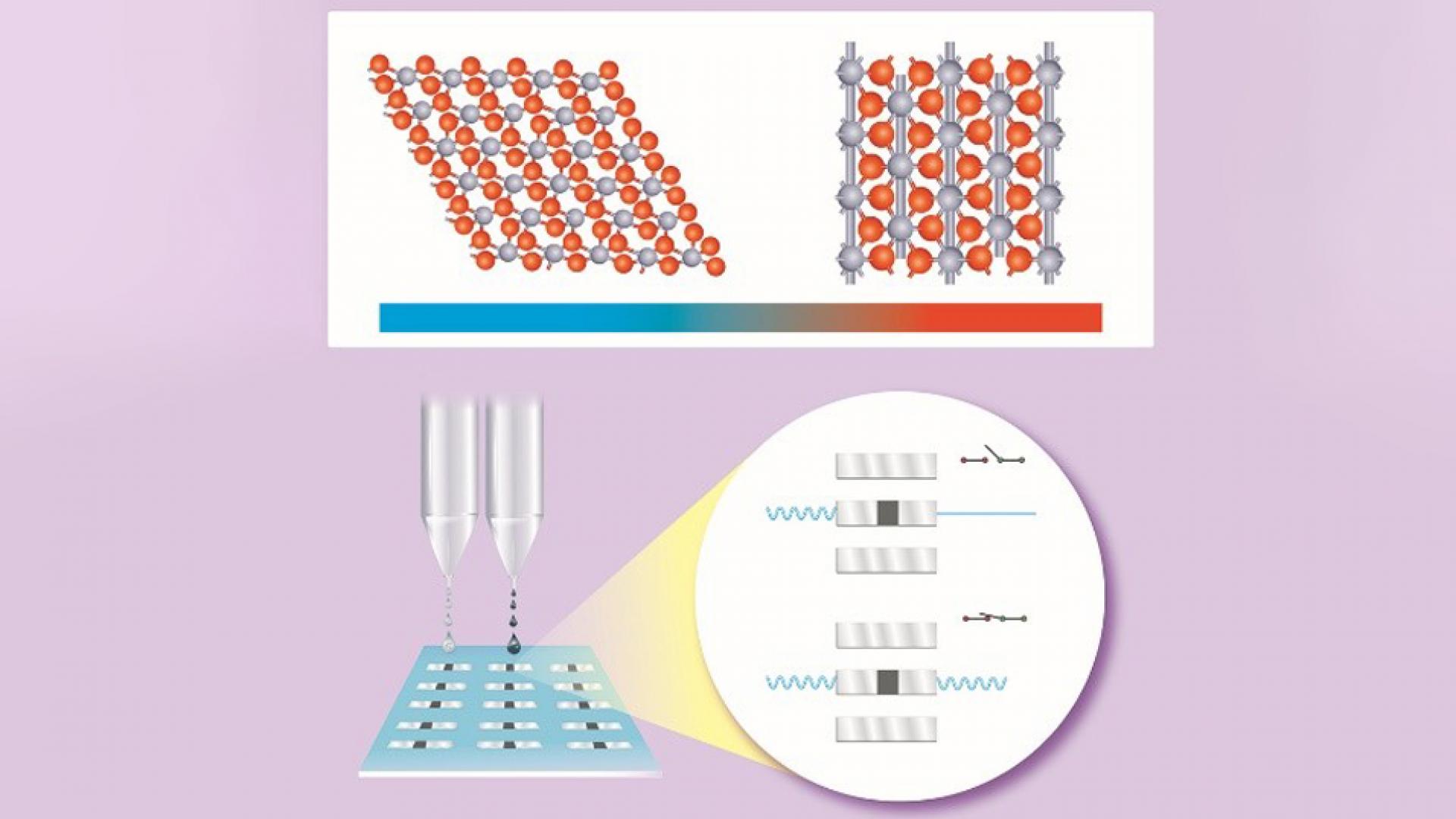Smartphones, such as the iPhone or Samsung, support different wireless standards, such as GSM, GPS, Wi-Fi, etc., all of which work at different operating frequency bands. This means that several antennas must be integrated inside the smartphone making it large. A device called RF switch is typically used to make an antenna work at multiple frequency bands. RF switches can also find its use in almost all infrastructures and high-technology applications which need extensive wireless communications. But conventional RF switches are costly because they are fabricated using very expensive cleanroom-based nanofabrication processes.

In our lab, Dr. Vaseem has developed a new Metal-Insulator Transition (MIT) based ink. This is Vanadium-di-oxide (VO2) material based ink. This material is an insulator at room temperature and when you heat it, it becomes a conductor of electric current. Using the properties of this ink our Ph.D. student Shuai Yang developed a solution where he successfully demonstrated very low-cost (few cents) RF switch. This paper has been published in one of the prestigious journals Advanced Material Technologies. We believe that this work paves the path to future low-cost, conformal, high-performance reconfigurable antennas, and ultimately reconfigurable RF components.


